When you are visiting Lithuania, it’s very likely that Palanga will be on your list. Palanga seaside resort is the most popular tourist attraction of the Samogitia region in the North West of the country. It is the biggest resort in Lithuania and offers a wide array of activities. Samogitia (Lithuanian: Žemaitija, literally Low Land) is the traditional name for northwest Lithuania, one of the five ethnographic regions of the country. If you want to explore a bit around Palanga, not only stay on the beach, here are some suggestions for a day road trip near Palanga.
Holiday Park
If the weather is not so good, you would love to swim in the heated pools in the holiday complex “Atostogu parkas”. The Holiday Park offers many pools: sports, massage, exercise, 10 indoors and 6 outdoors, and 8 different saunas: the first in the world natural amber "Sun" sauna, steam "Salt sauna", traditional Lithuanian sauna "Perenė", sauna "Riauška", outdoor sauna "Hornet's nest" and "Lord's sauna”. 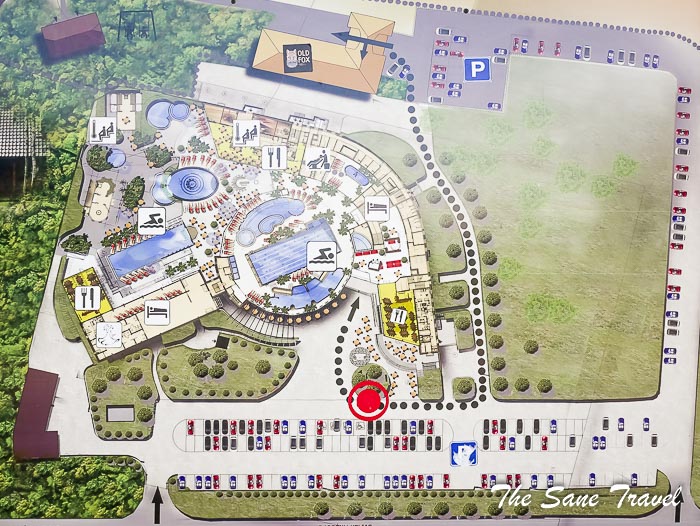
Continue your trip to the Japanese garden, the biggest in Europe.
Japanese garden
The biggest Japanese garden in Europe, covering 16 hectares, holds Bonsai collection, Sakura trees plantings, and the stone garden. Šarūnas Kasmauskas started to create the garden in 2007 and it has grown better ever since. 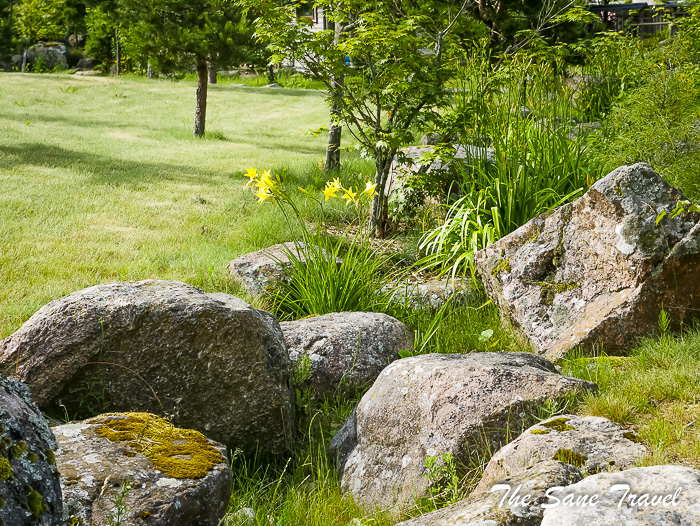
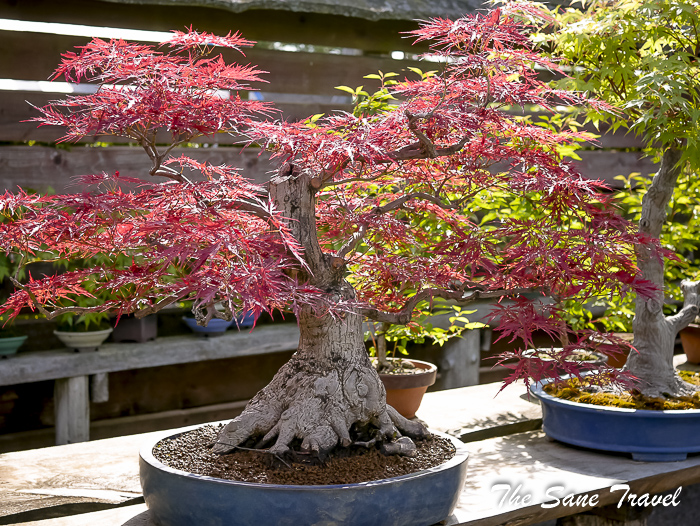
Then continue your trip to Renavas Manor.
Renavas Manor
The Renavas manor was first mentioned in written sources in the 16th century. At the end of the 17th century, the Renne family became its owners and the manor got the name of Renavas. Renavas manor house was built at the end of the 19th century in Neo-Renaissance style. Feliksas Mielžinskis inherited the manor in the 19th century and his widow Stanislava and her daughter Maria were the last owners of the Renavas properties. A museum was opened in restored Renavas manor in 2012, showing the culture of Lithuanian manors.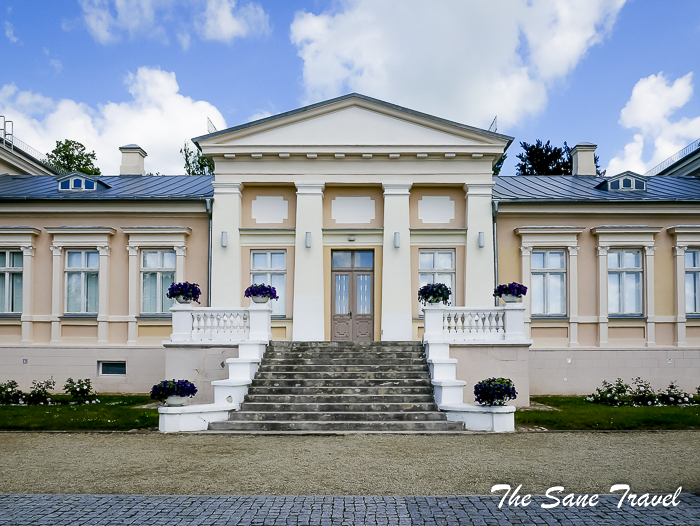
When visiting the manor, notice the statue of two children, two brothers facing different directions: the signatory of the Act of Independence of Lithuania Stanislovas Narutavičius (1862–1932) and the first President of the Polish Republic Gabrielius Narutavičius (1865–1922). They grew up in this area.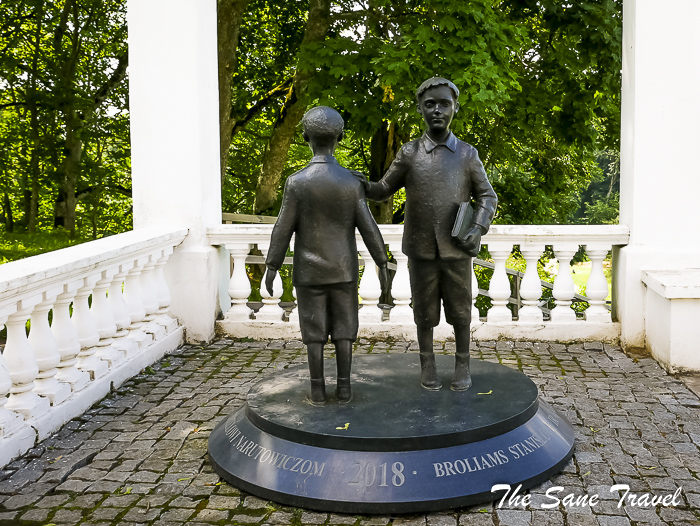
Your next stop will be Samogitian Calvary or Žemaiši Kalvarija.
Samogitian Calvary
For the first time in historical sources, in the middle of the 13th century, this place was mentioned as a Curonian settlement. At the beginning of the 17th century, the first 19 chapels were built here, like "Stations of the Cross", reminiscent of the Way of the Cross in Jerusalem. Since then, the Samogitian Calvary has been known as an important destination for pilgrims. Today, 21 pilgrims' staging points have been established in the town. Every year in July, there is a festival of the Samogitian Calvary, gathering a lot of people from different European countries. The impressive Catholic Basilica is famous for its painting of the Blessed Virgin Mary, dating back to the 17th century, brought from Rome. It is well known for its miraculous healing abilities. 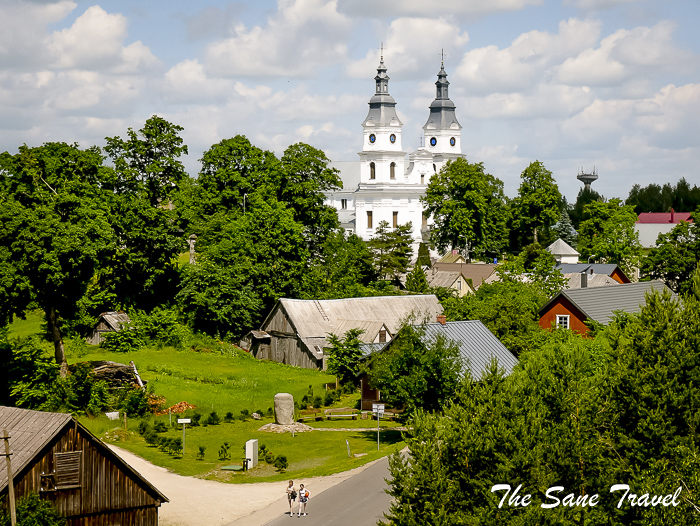
Then continue your way to Plateliai.
Plateliai and Beržoras wooden churches
In the middle of the 18th century, priest Juozapas Vaitkevičius organised the construction of Plateliai and Beržoras churches. St. Peter and Paul Church is one of the oldest in Lithuania. It is built of hewn logs. With all its paintings, liturgical robes, and utensils, later the church was repeatedly renovated and repaired, but its appearance changed relatively little. The interior is decorated with a large altar and four side altars of Baroque composition. They are decorated with columns, carvings, and paintings with silver trim. There is a wooden bell tower next to it, built at the end of the 19th century.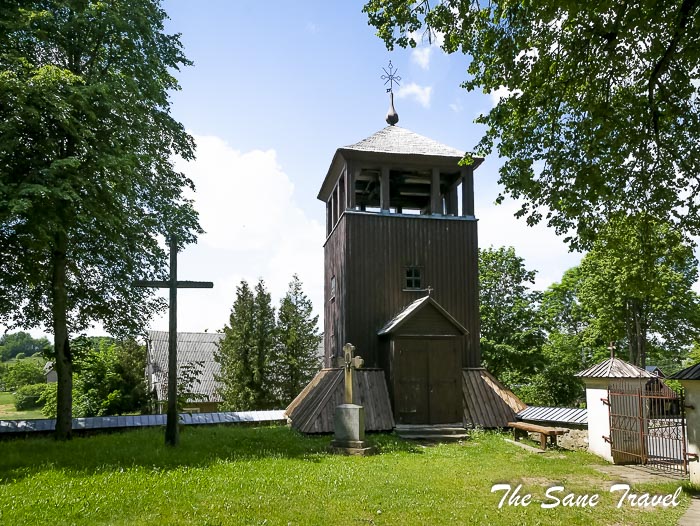
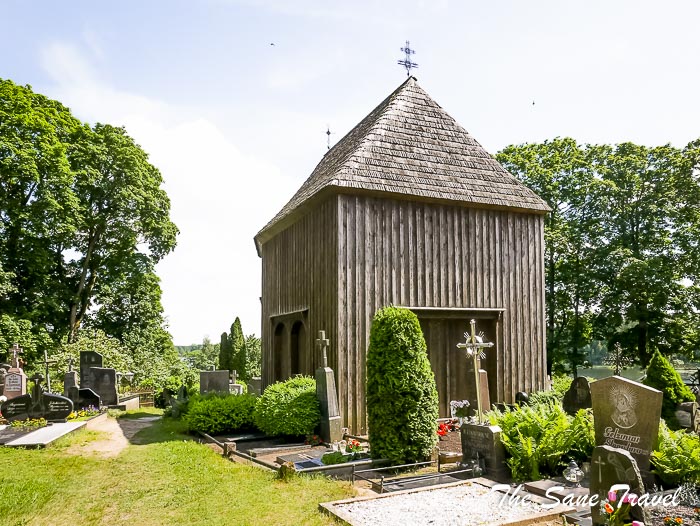
Zemaitija National Park was established in 1991 with its majestic Lake Plateliai and picturesque landscape, including a great variety of unique natural, historical and cultural values. The total area of the park is almost 22,000 hectares. You can make a trip on foot, by bicycle and car looking at the wildlife, historical and ethnic culture of Zemaitija. If you have more time, enjoy boating and sailing, water bikes, windsurfing, and yachting on lakes Plateliai, Berzoras, and Ilgis. Otherwise, just continue your way to Siberija observation tower.
Siberija Observation Tower
To feel the greatness of Plateliai, the largest lake in Samogitia, visit the 15-meter-high Siberija Observation Tower, located at 166 m above sea level on Mount Cidabras. The tower offers spectacular views of the surrounding area: the lakes of Plateliai and Beržoras, the Siberija swamp, the Beržoras village, the southern part of Plateliai, and the Liepijos Forest.
Coordinates: 363777, 6212868 (LKS) or 21.814336, 56.030465 (WGS)
Then continue your way to Plunge to see Oginski Manor.
Oginski manor in Plunge
The Samogitian Art Museum (Žemaičiai Art Museum) has been housed in Mykolas Oginskis Palace since 1994. It has valuables reflecting the historical variety of the Samogitian region. The museum is located in a former ensemble of the Duke Michael Nikolaus Severin Mark Oginski’s (1849–1902) manor, built at the end of the 19th century. Oginski was a Lithuanian diplomat and a Polish composer. The manor was designed by German architect Carl Lorenc. Currently, the ensemble of the manor has ten buildings. They are surrounded by one of the biggest and most beautiful parks in Lithuania, covering more than 58 hectares. Notice gorgeous water lilies in the pound.
Address: Parko gatve 3, Plunge
Your next stop will be Kretinga.
Franciscan Monastery in Kretinga
Kretinga is known as the Lithuanian Vatican because of five monasteries situated there. In the early 17th century, the owner of the Kretinga Manor, Jonas Karolis Chodkevičius, established a Franciscan monastery and the first church in Kretinga. Family members of Chodkevičiai are buried underneath the central altar. Significant sacred values are the altar of St. Anthony and the painting that is supposed to have miraculous healing powers.
Address: Vilniaus street 2, Kretinga
Kretinga Manor
Not to be missed is the Kretinga Manor, built in the early 16th century. Count Tyszkiewicz bought it from Mikalojus Zubovas at the end of the 19th century and it became the family’s residence. He reconstructed the buildings and added a Winter garden to them. A museum was established in the manor in 1992. Visitors can have a look at works of art representing the culture of mansions, archaeological material, and life of peasants in the old days and contemporary works of art. The Winter Garden, with many exotic plants, is green all seasons long. 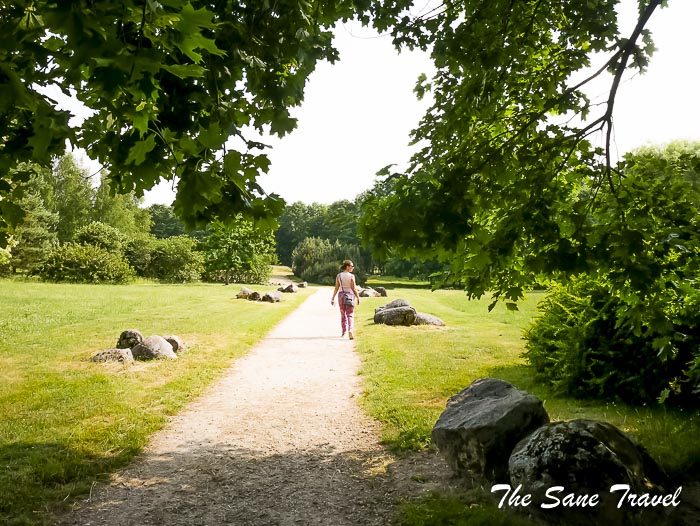
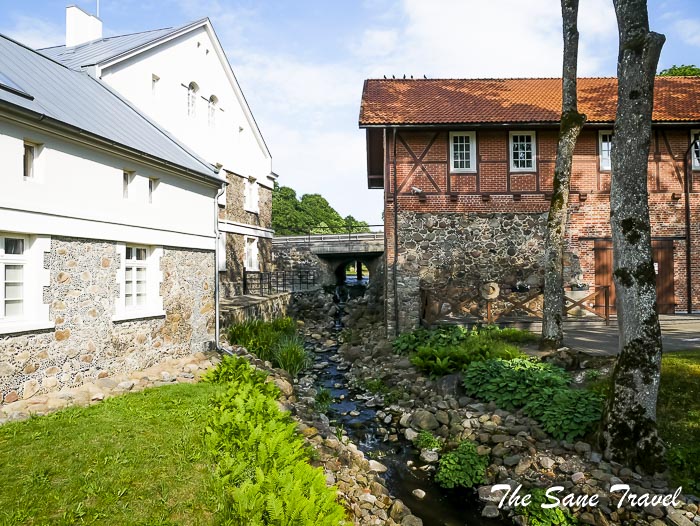
Chapel of Tyszkiewicz family
The neo-Gothic style chapel that stands in the Old cemetery of Kretinga is one of the most interesting objects of the city. It was built at the end of the 19th century by the last nobleman of Kretinga Aleksander Tyszkiewicz. The red brick building was designed by an architect of Swedish origin Karl Eduard Strandmann.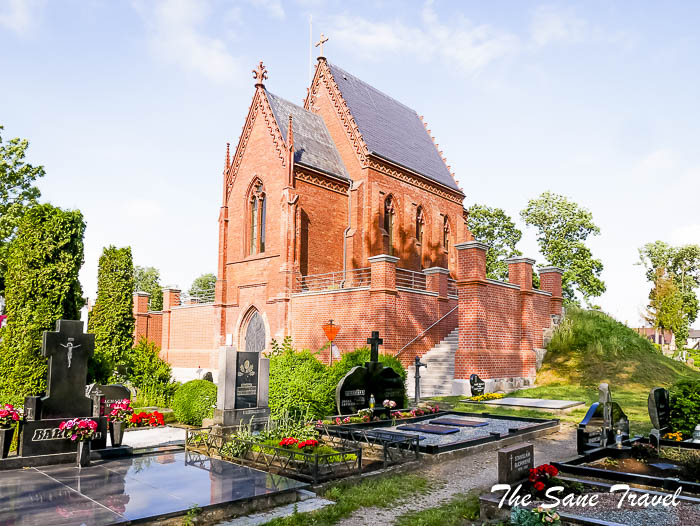
Practical information
As it is a road trip, you will need a car. The total distance of the trip is a bit more than 220 kilometres, so it can be done in a day.
You can do it clockwise or anticlockwise. If possible, avoid Mondays and Tuesdays if you want to see the Manor houses interior, because those are the days they are often closed.
Like it? Pin it!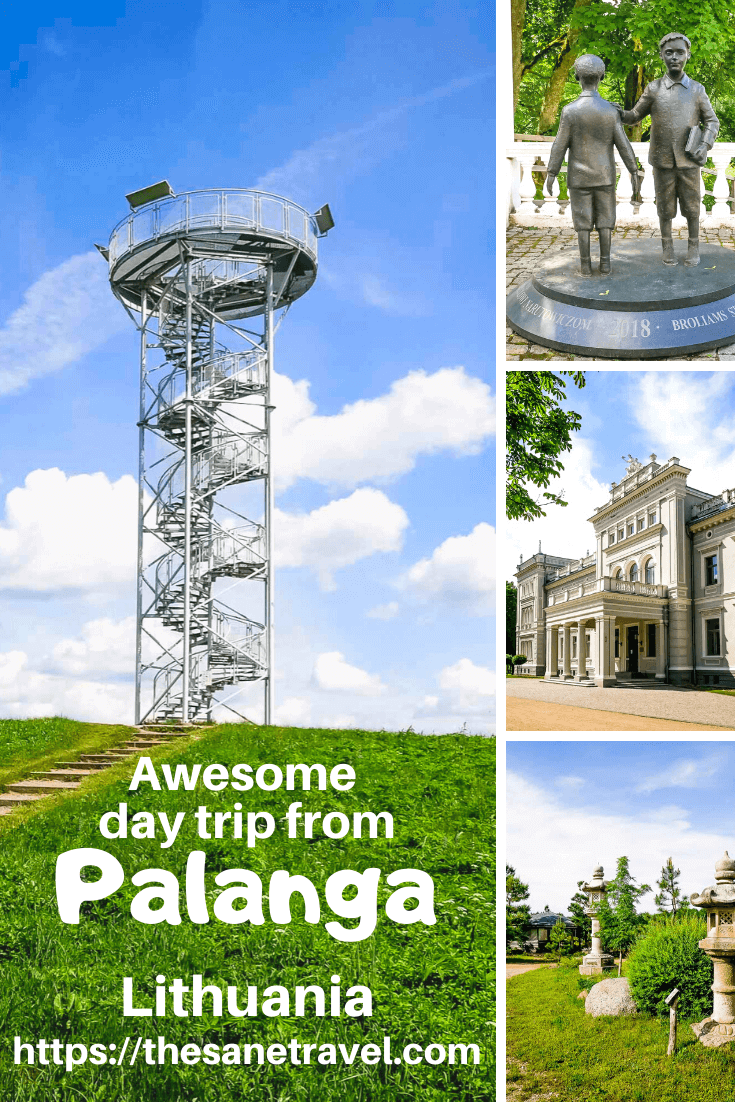
What did you think? Have you been to Lithuania? Or perhaps you’re thinking of visiting in the near future? Either way, I’d love to hear from you so please add your comments below.
Author: Anita Sane

About the author
Anita is a part-time traveller, passionate photographer and a retired career woman from Latvia, travelling mostly solo for more than 15 years. She is a skilled travel planner who plans and executes her travels by herself. Anita wants to show you how to travel the world and open your mind to new experiences. Follow her on Facebook, Instagram, Pinterest, Twitter and Bloglovin.

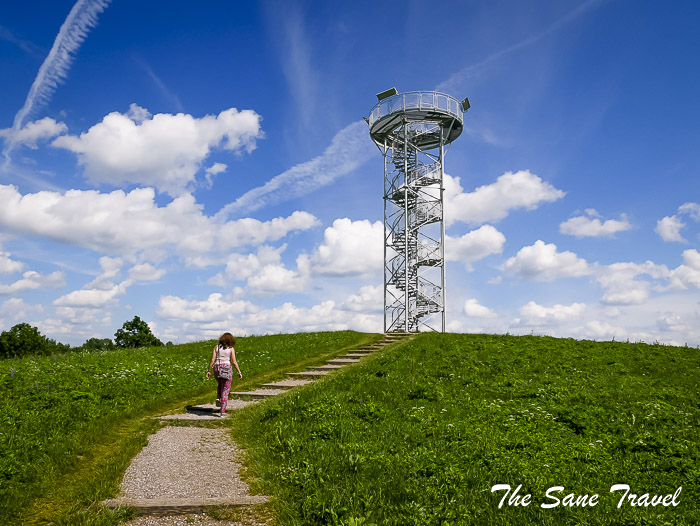
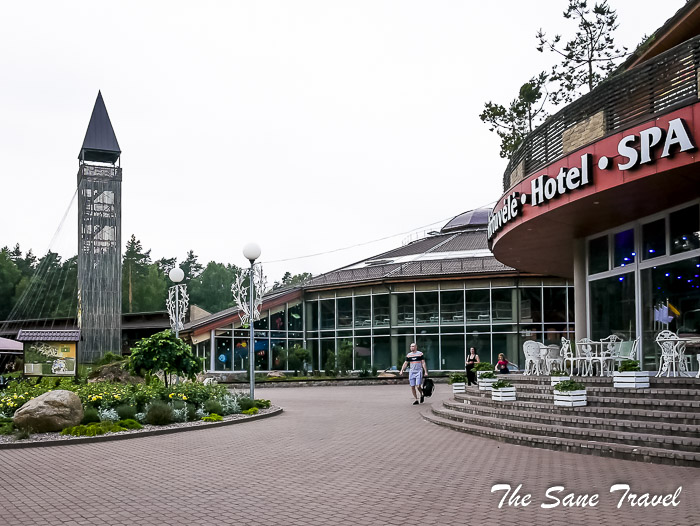
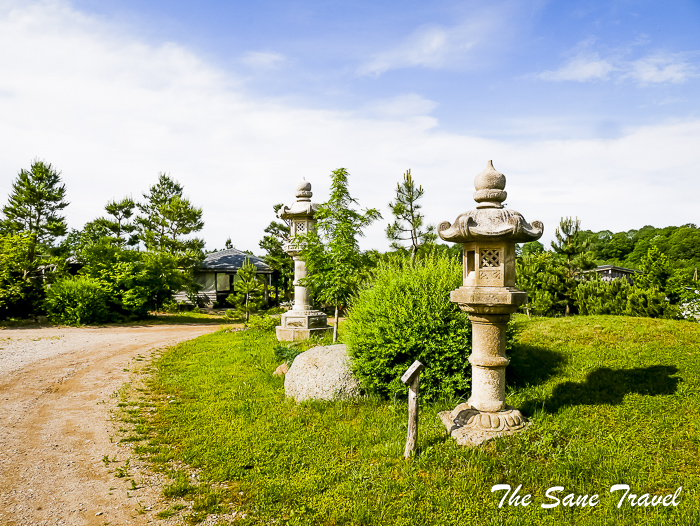
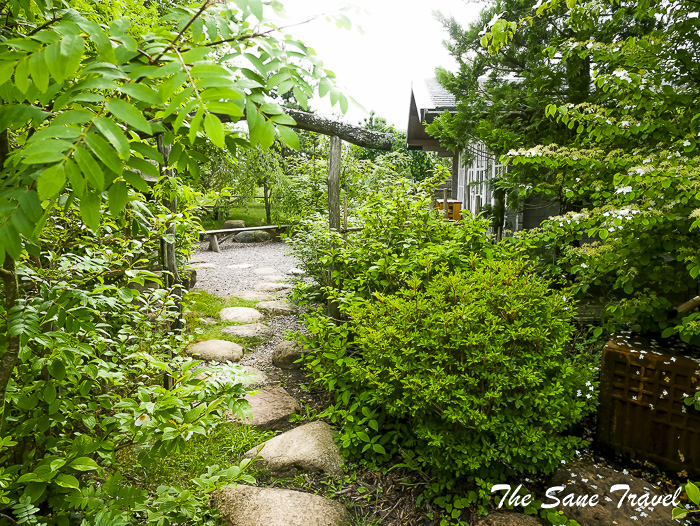
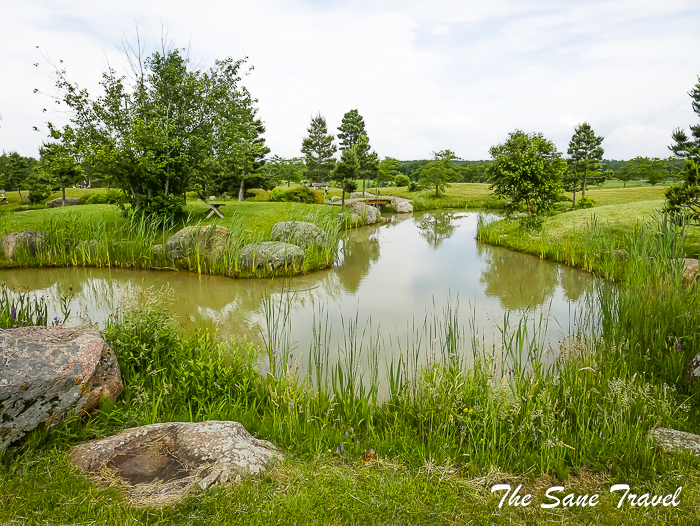
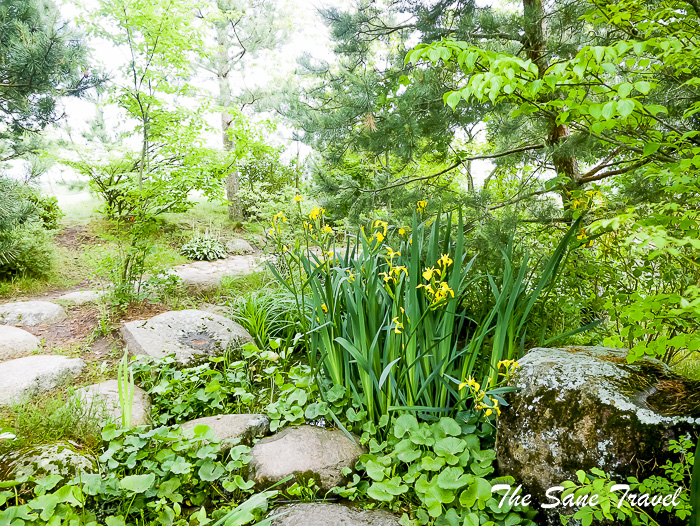
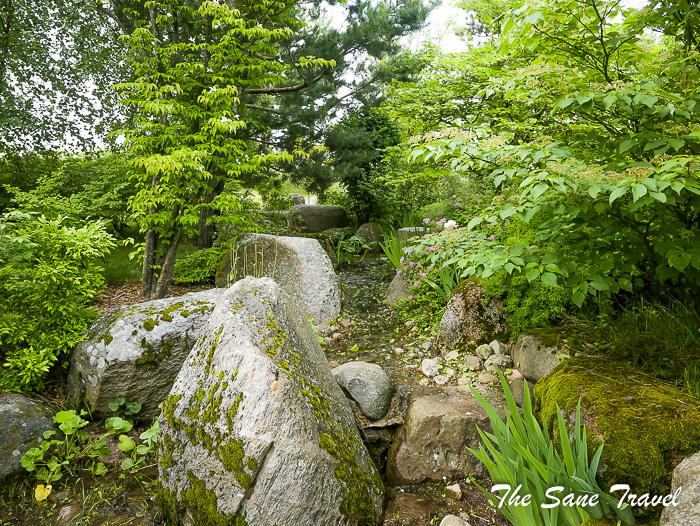
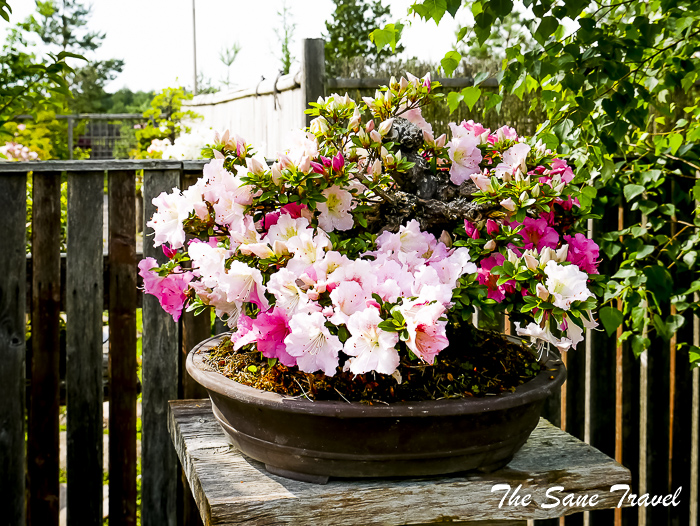
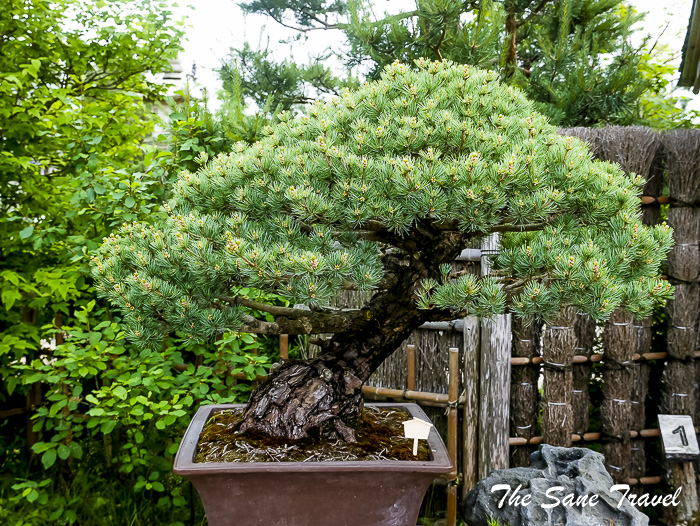
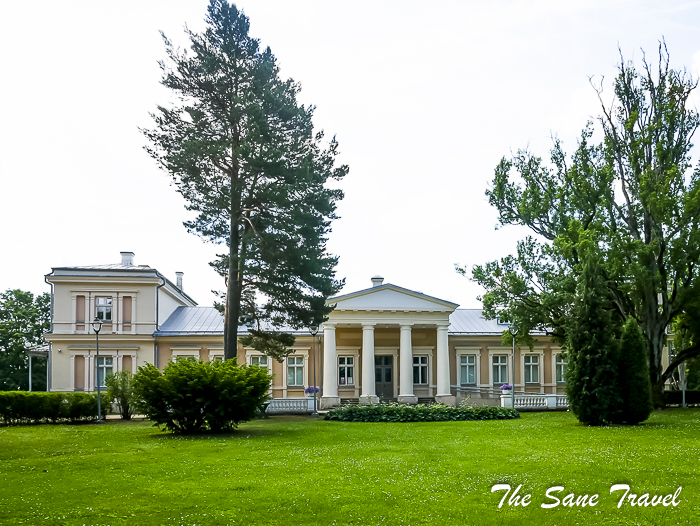
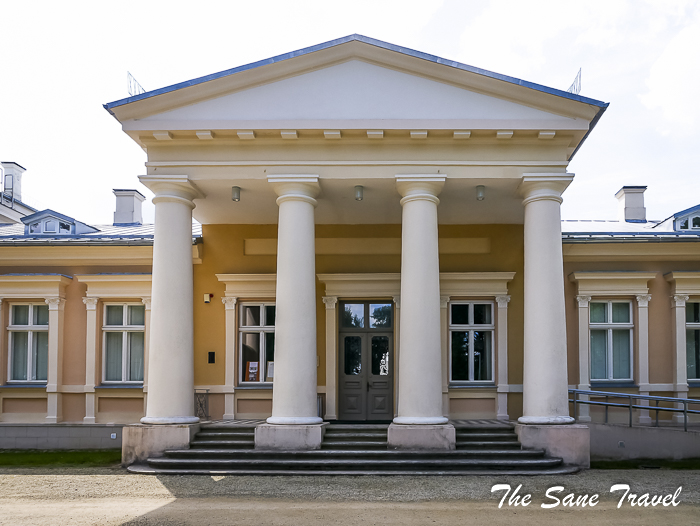
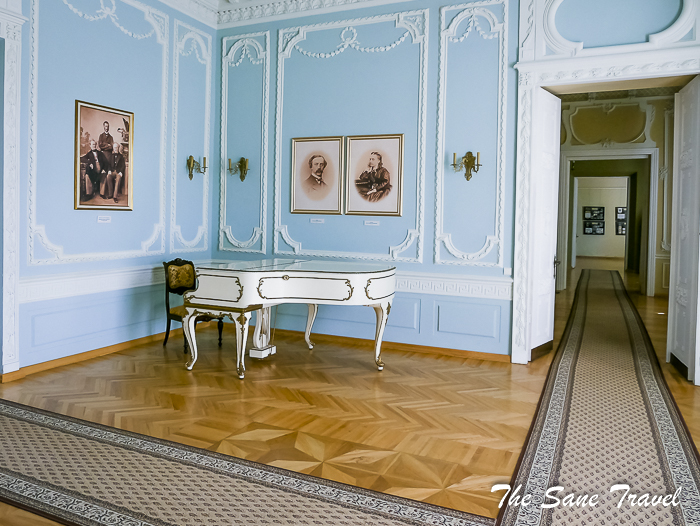
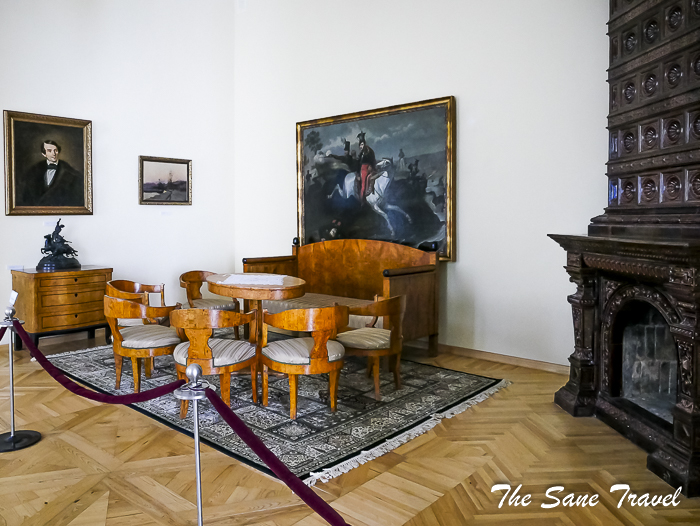
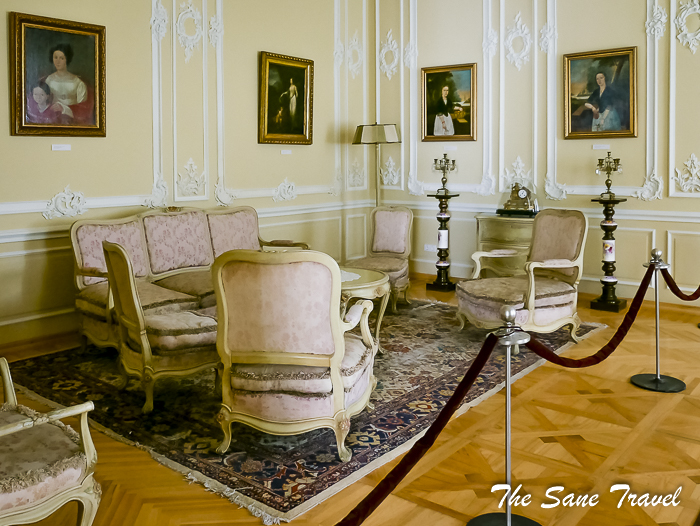
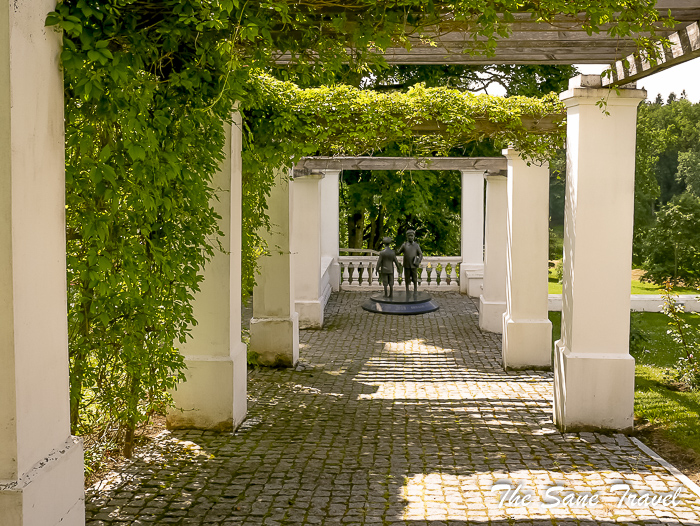

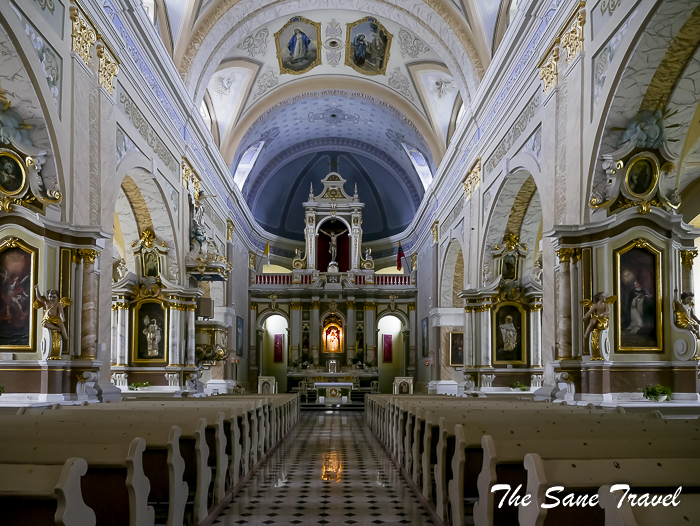
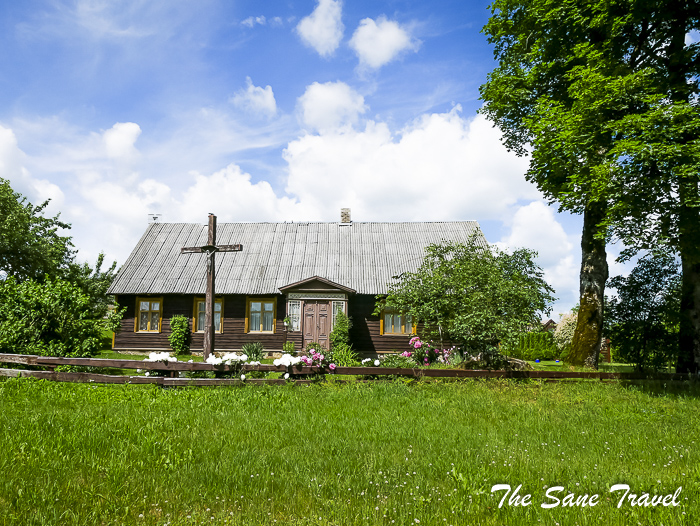
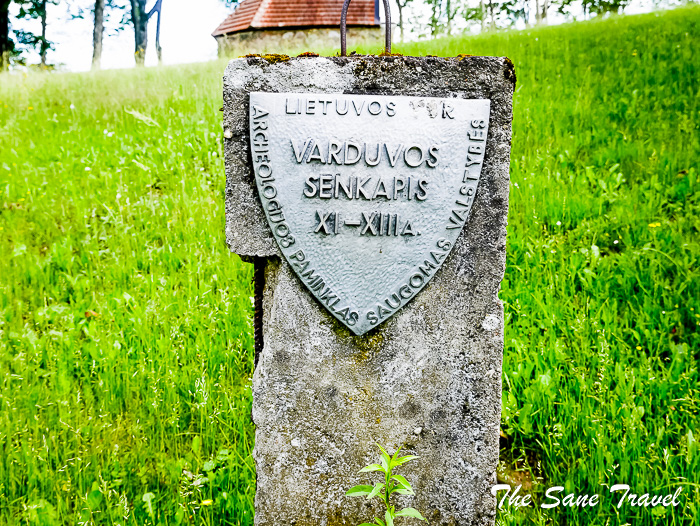
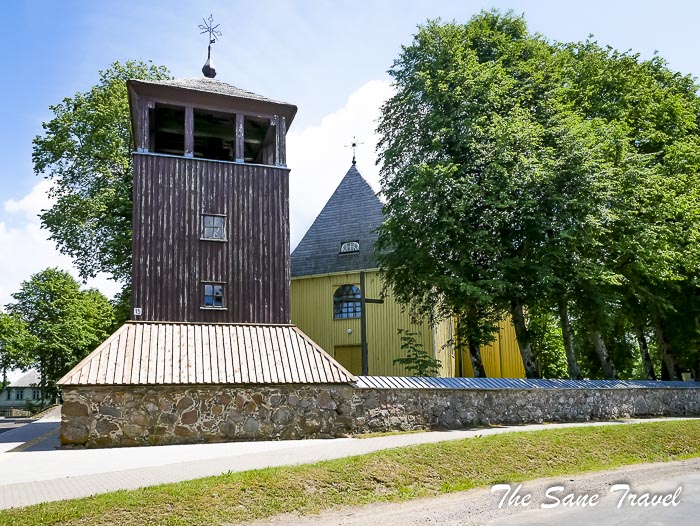
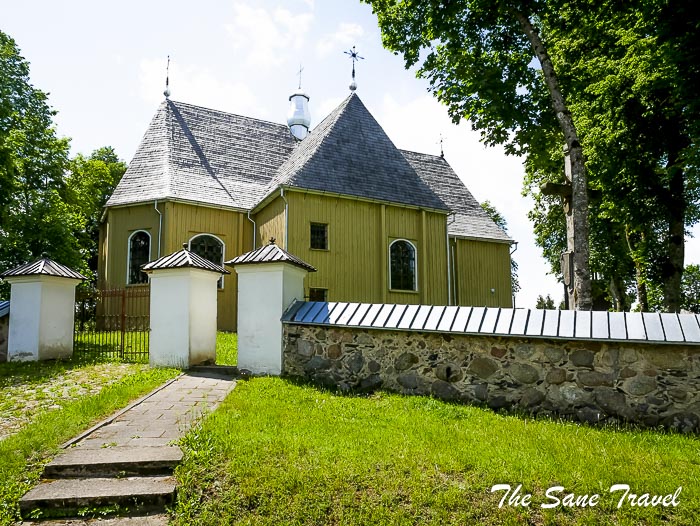
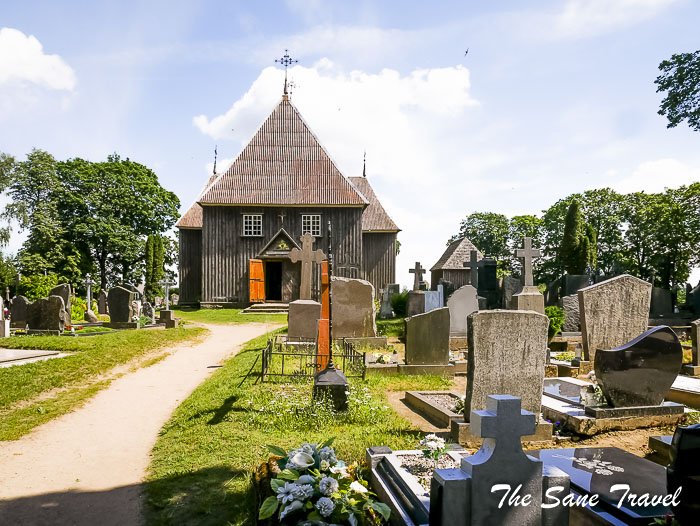
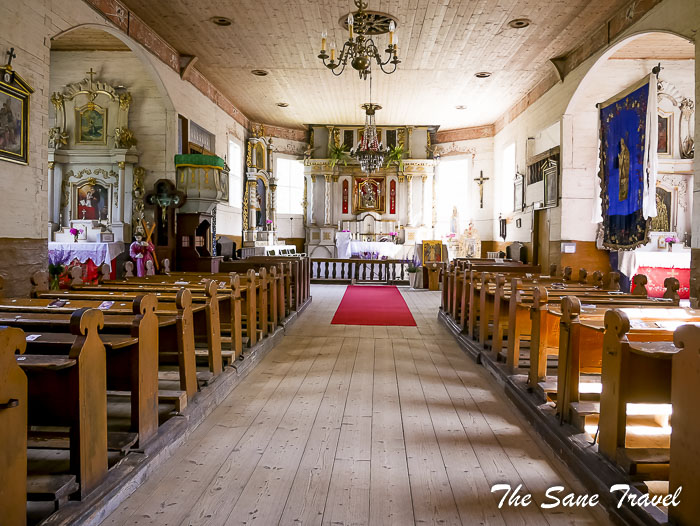
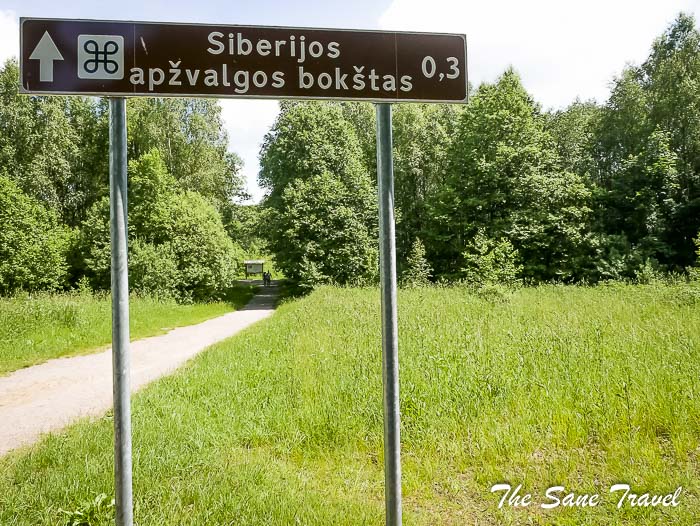
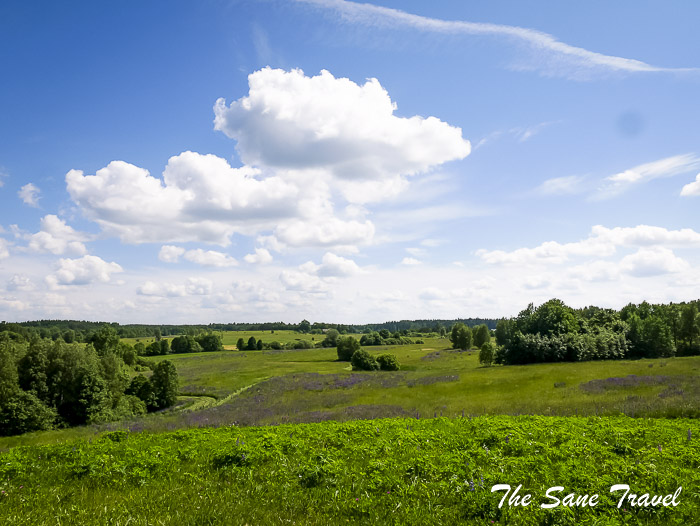
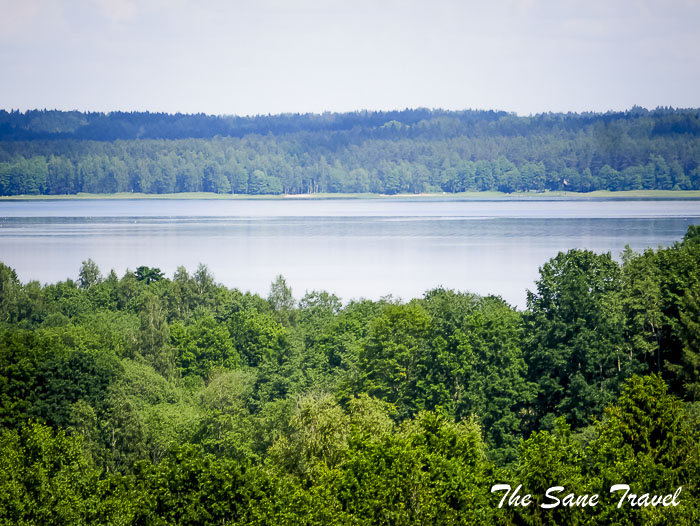
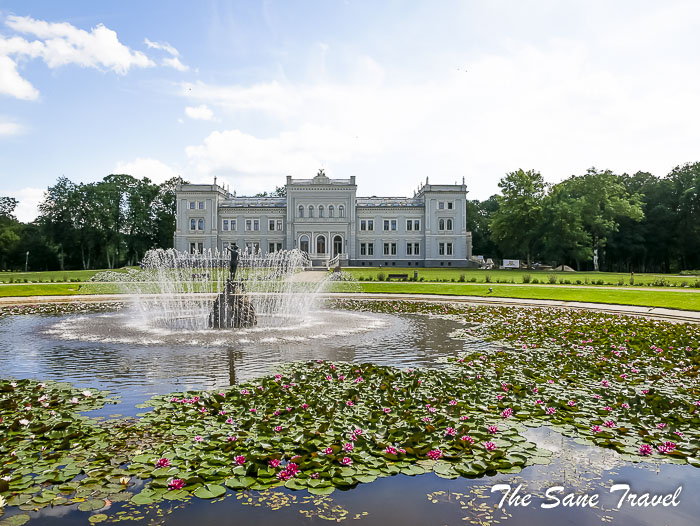
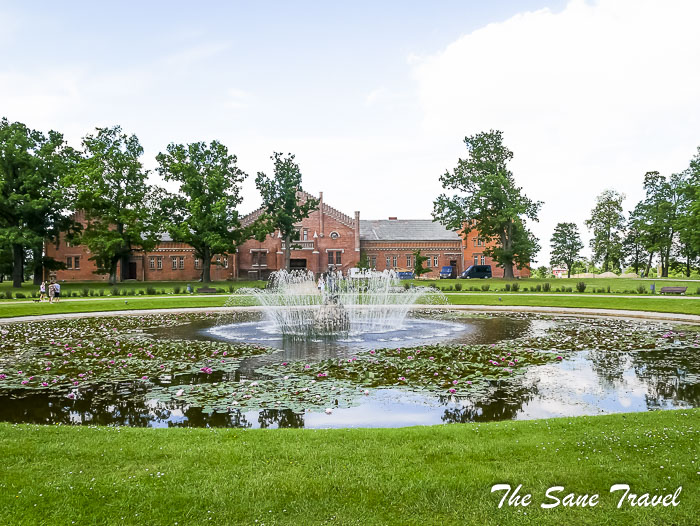
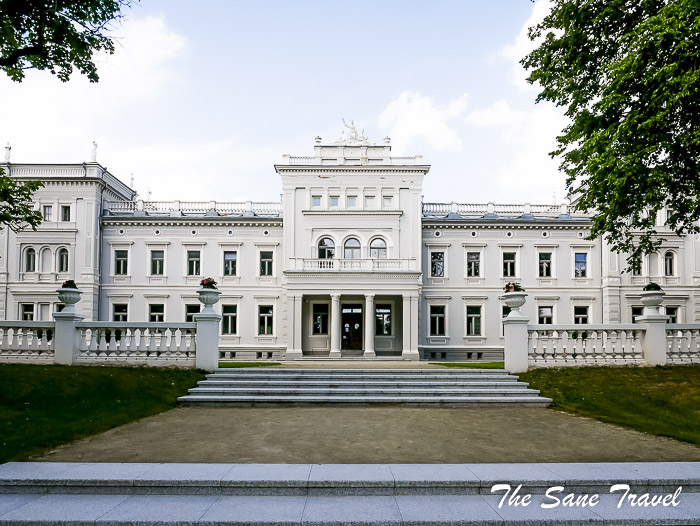
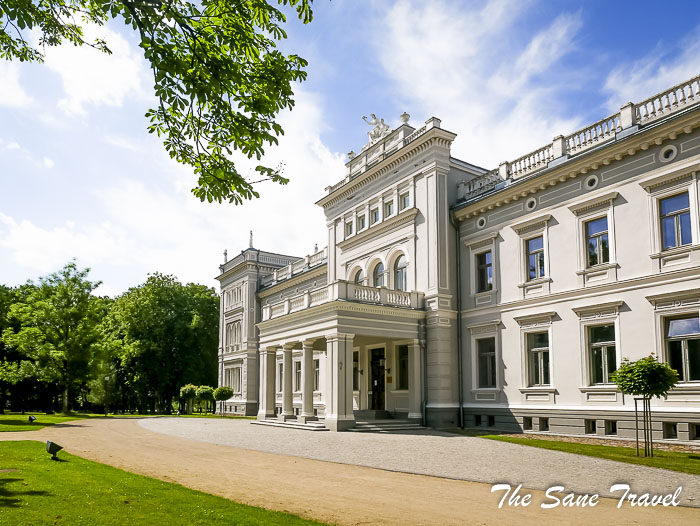
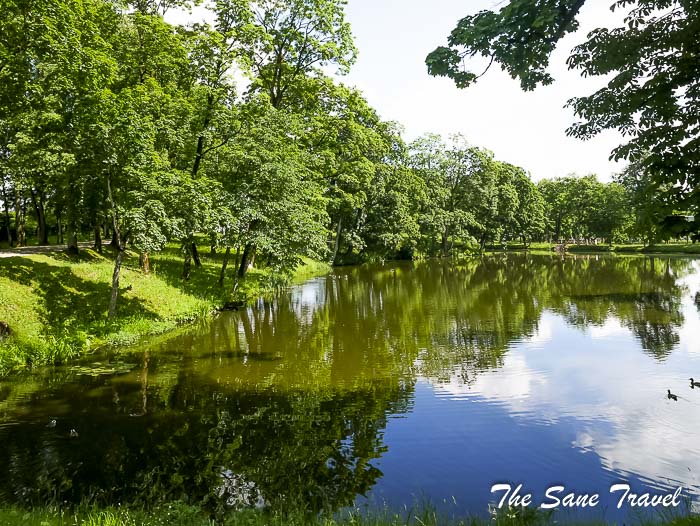
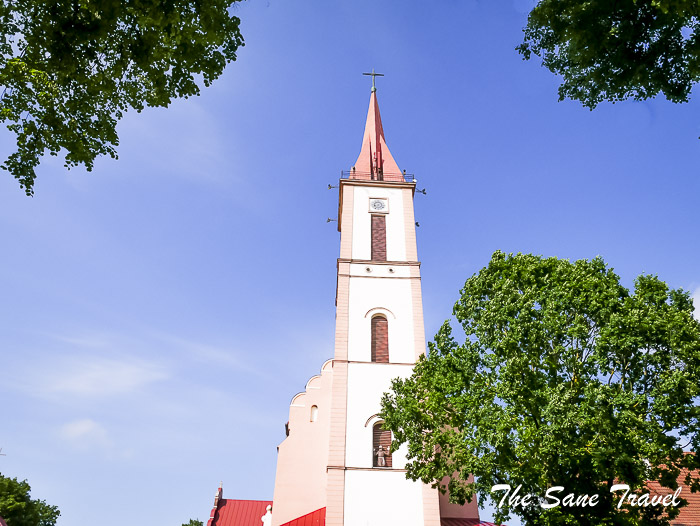
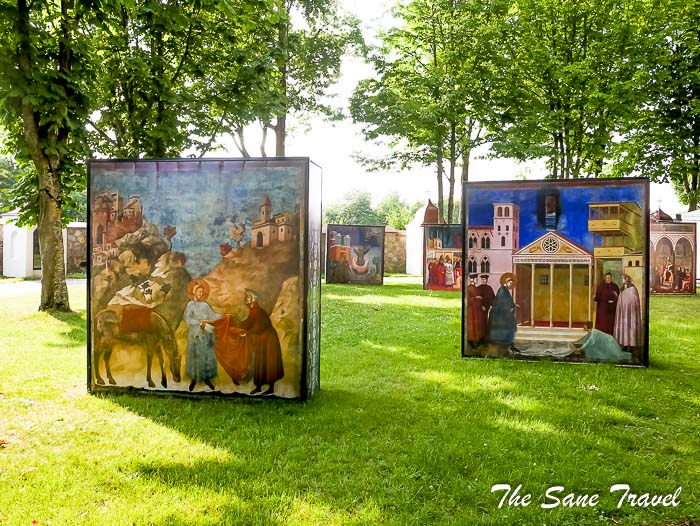
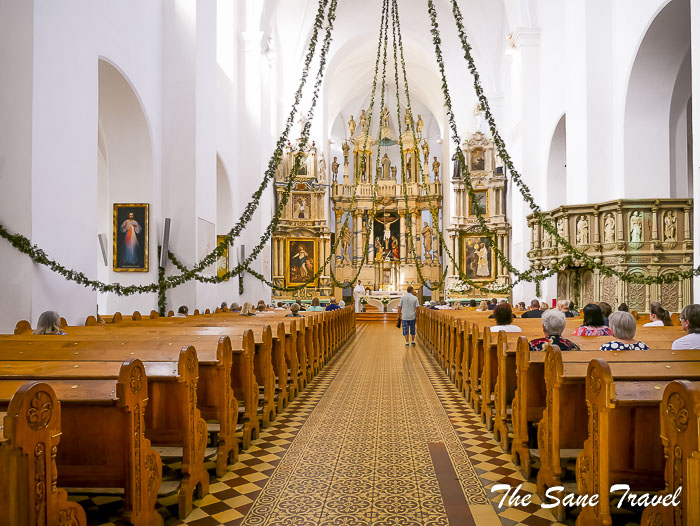
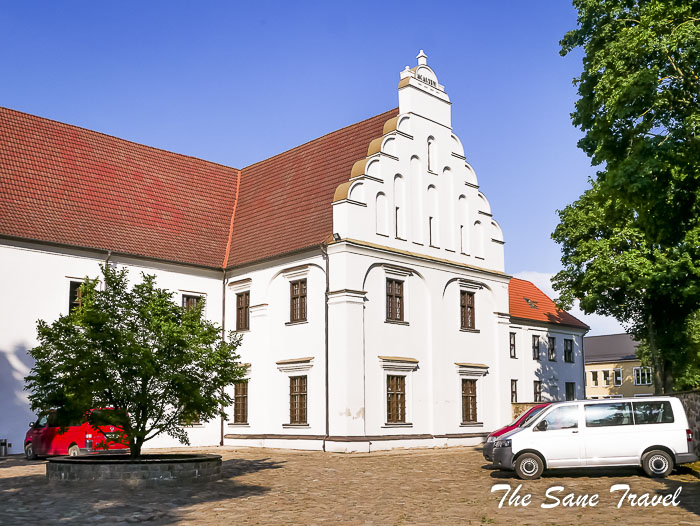
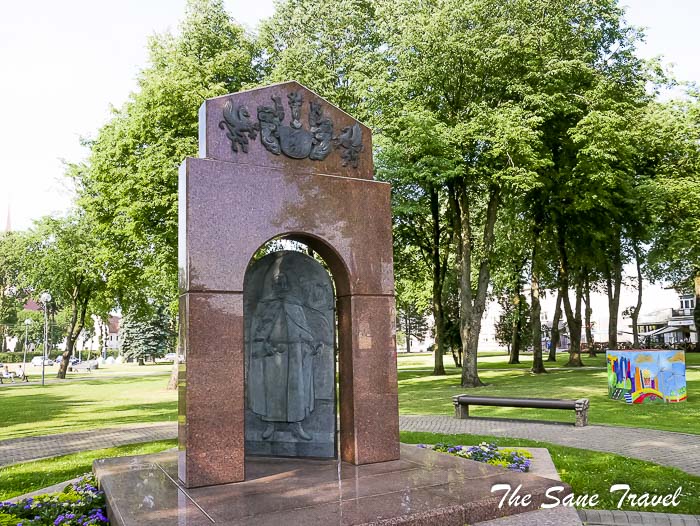
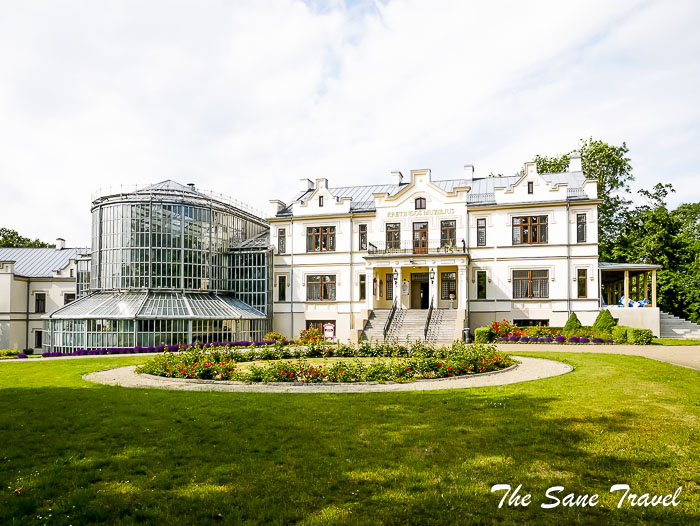
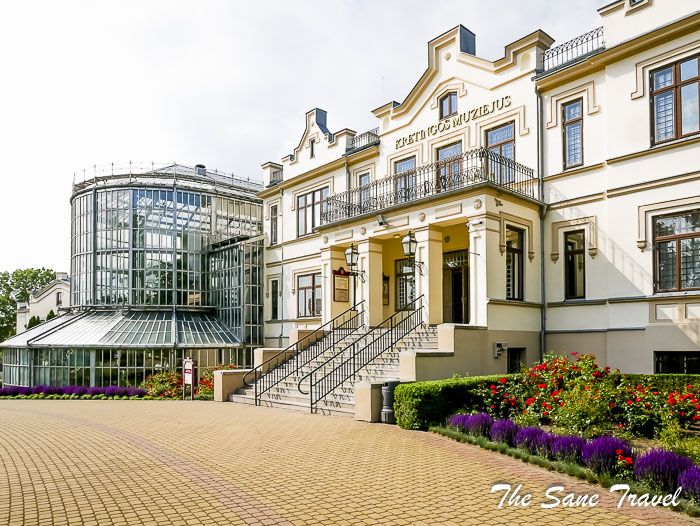
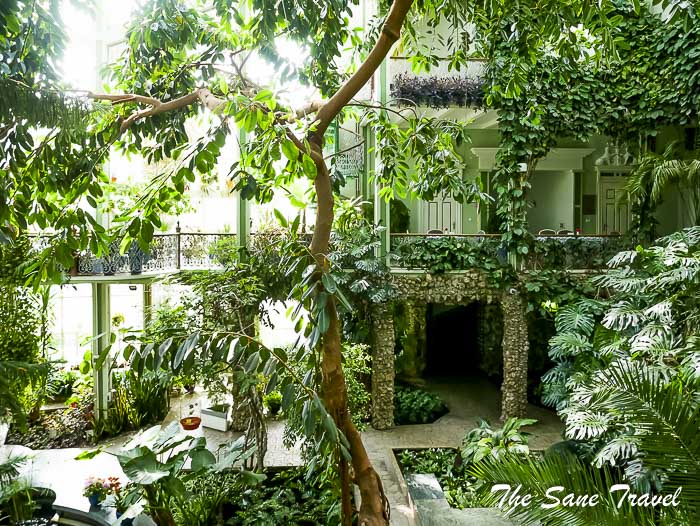
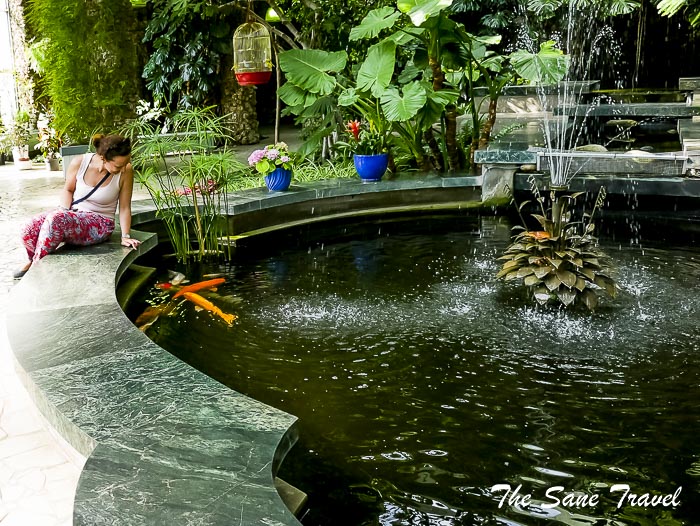
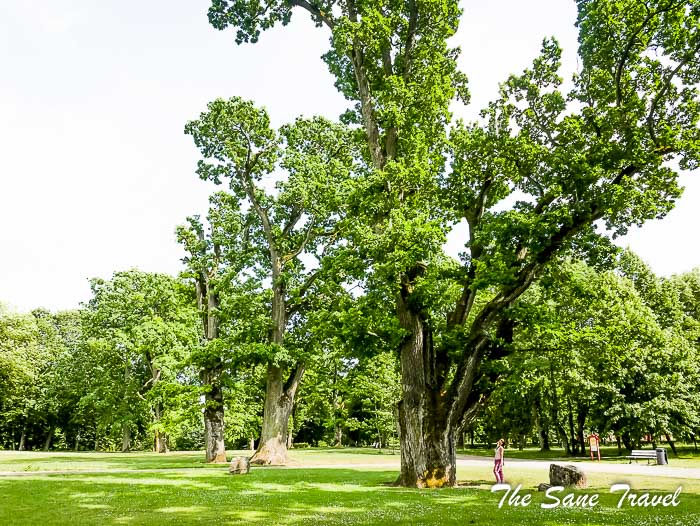

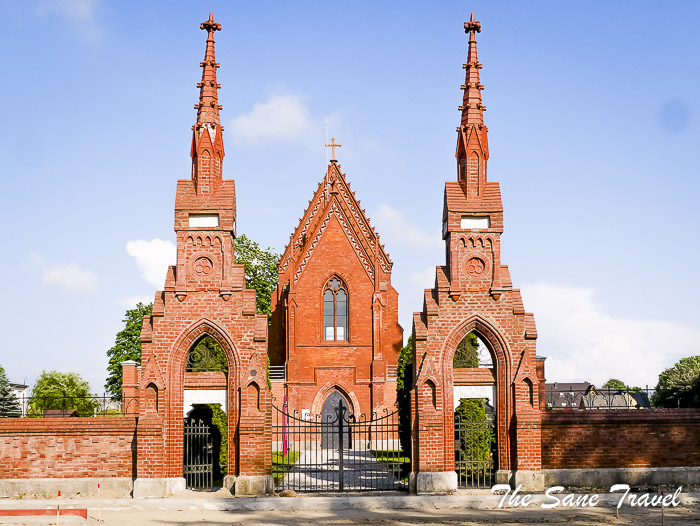
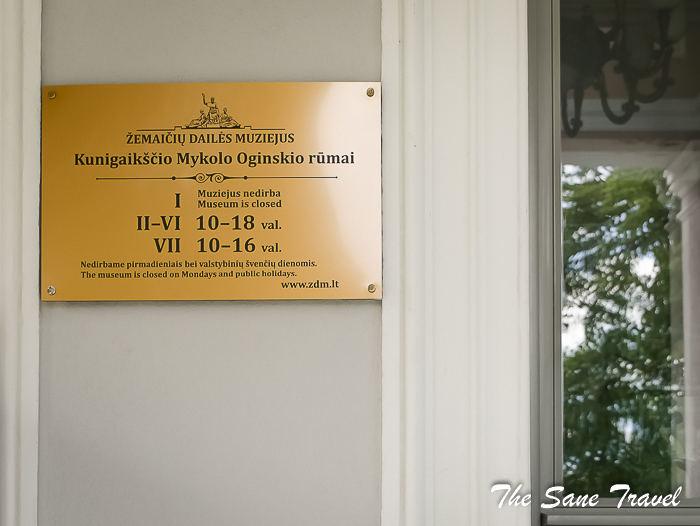
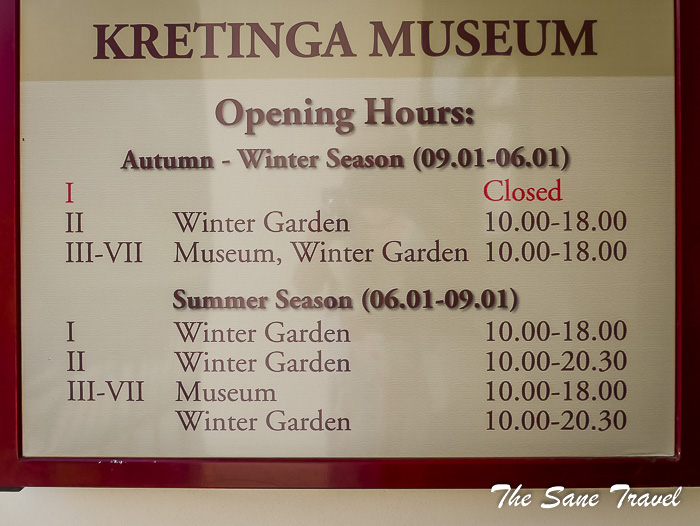








Report
My comments